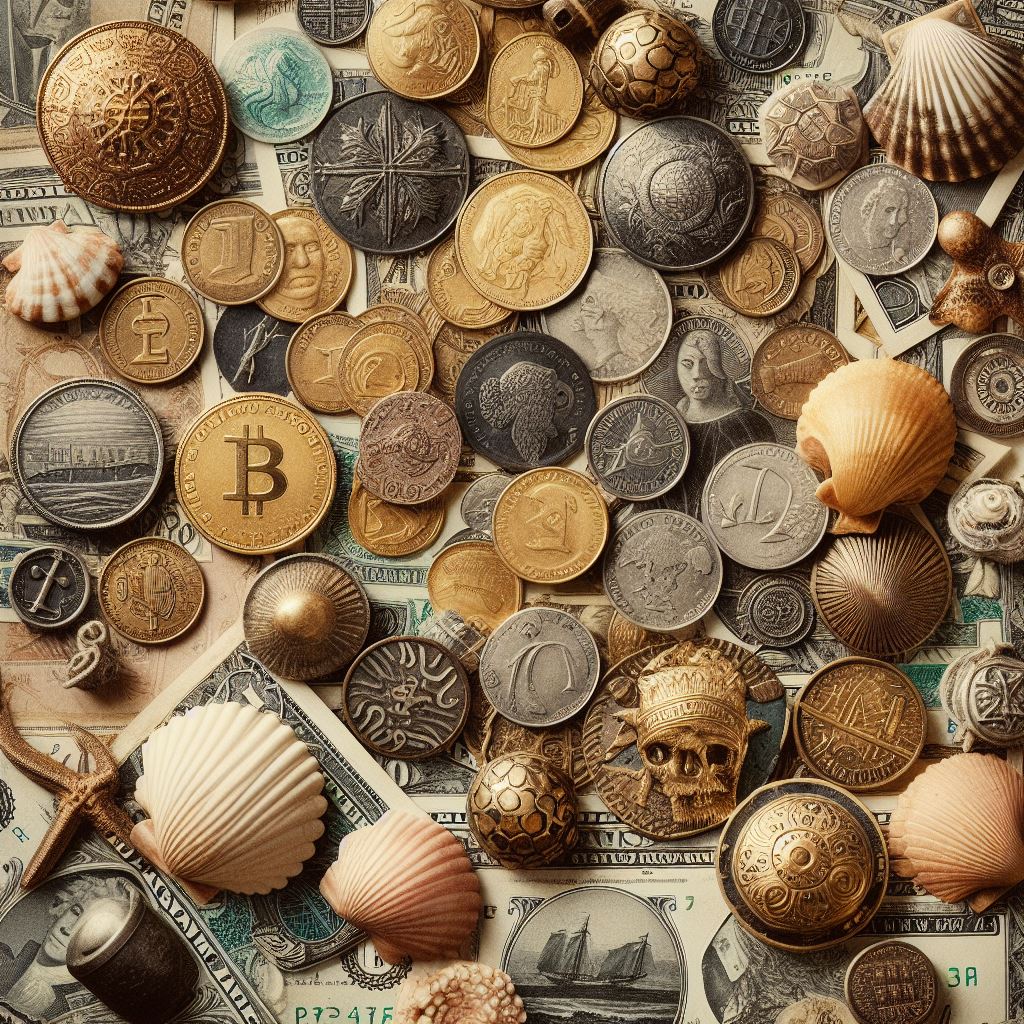This is post #1 in my series on money and Bitcoin. You can jump to the posts with these links:
- What is Money
- How Money Solves a Problem
- Five Characteristics of Money
- Three Functions of Money
- Money Rankings on a Quality Scale
- How Governments Control Money
Since 2018, I’ve spent a few thousand hours reading, listening, and learning about money, macroeconomics, cryptography, and Bitcoin.
I constantly ask myself two questions:
- How should my biblical worldview inform my understanding of money and Bitcoin?
- How will Bitcoin, as an emerging money, impact ministries and churches in the future?
Bitcoin has vast implications for Christ followers doing ministry around the world. I believe Bitcoin will be a more impactful invention than the internet itself.
But what is it, exactly? What problems does it aim to solve? Where does it fall in the timeline of technologies?
I write so I can think better. Not all good thinking produces good writing, but the best writing comes only after great thinking. My aim is two-fold:
- To inform any reader who stumbles across my website
- To more thoroughly grasp the concept of Bitcoin through the process of writing
With that, let’s dive in.
Tools
Tools are inanimate objects created to solve problems, and they have two important characteristics:
- Their quality
- Their purpose
Higher-quality tools produce higher-quality solutions. Often, better tools are faster. For these two reasons, better tools are more valuable than inferior tools.
Tools also serve a purpose and are designed for that purpose. A screwdriver works well for driving screws, but not so well for driving nails. Using a tool for a purpose it wasn’t designed for leads to frustration and, sometimes, a broken tool.
Ultimately, tools are only as useful as the person using them. Morality also enters the equation: tools are amoral but are used by humans for good or bad. Tools aren’t accountable for how humans use them—humans are responsible for how they use tools.
Money as a Tool
Like any hammer, shovel, or coffee cup, money is inanimate; money is a tool. Money was first invented to solve the problem of the double coincidence of wants. This problem began during the age of barter.
Imagine you’re adding a room to your house. You need nails but have none. You do have a bushel of apples; your apple trees produced well this year! You take your apples down to the blacksmith to trade for some nails but when you make your offer, he points over to the bench in the corner. There sits a bushel of apples! Someone else beat you to the punch. The point: both sides of the transaction must desire what the other has or the transaction can’t happen.
Money solves this problem in at least four ways:1
- Separates the act of buying from selling
- Enables economic specialization
- Increases market liquidity
- Enables indirect exchange
My next post will look further into these solutions.
Summary
Like any tool, money was invented to solve a problem.
Throughout history, humans have used different forms of money. Shells, large stones, beads, metal coins, and paper have all been used. People recognized that money solved their problem and they adopted it for transactions.
Future posts will look closer at the characteristics of money, what makes for high-quality money (every tool has degrees of quality), where Bitcoin fits into the picture, and hopefully much more.
1 https://www.perplexity.ai/search/What-are-some-1s_JkhU9TwGZSJzUTRqBZw#2
